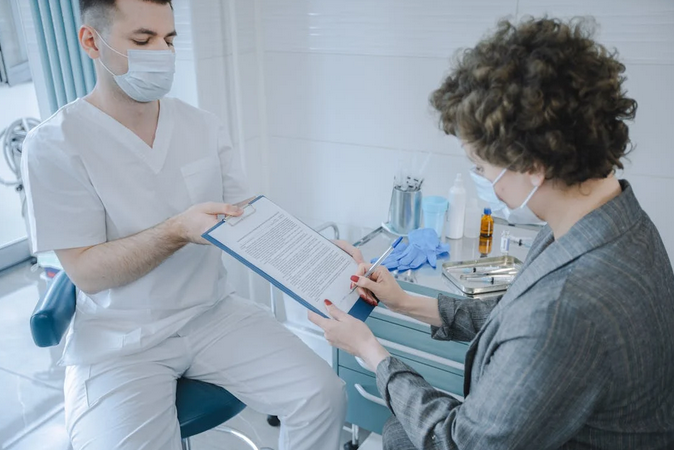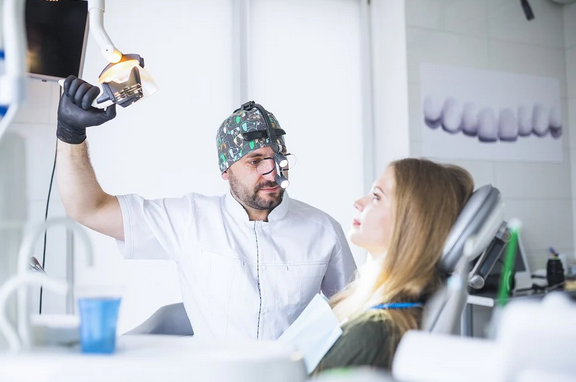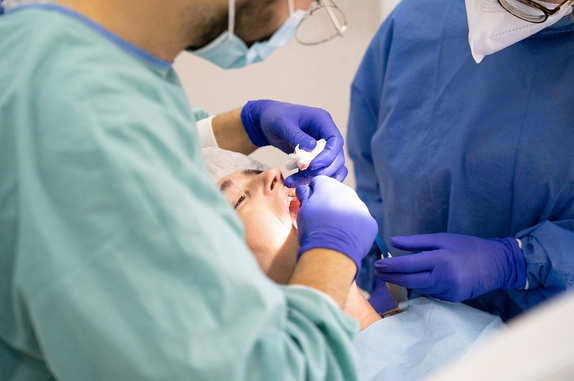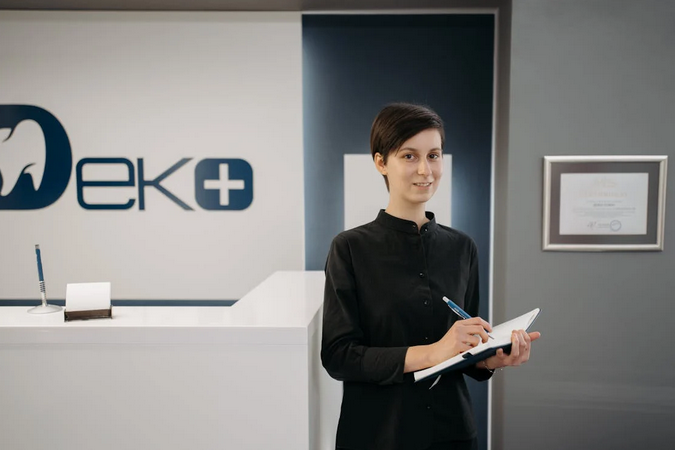Taking the first step toward a straighter smile can feel exciting, but it’s natural to have questions about what lies ahead. Your first orthodontic consultation is an essential part of the process, where you’ll learn more about your treatment options and get a sense of what’s involved. Whether you’re considering braces or clear aligners, this initial visit will provide valuable insights into your personalized treatment plan. In this guide, we’ll walk you through what to expect during your first orthodontic consultation so you can feel prepared and confident as you begin your journey to a healthier, straighter smile.
A Warm Welcome and Initial Paperwork

Similar to your dentist Hampstead appointment, your orthodontic consultation will begin with some paperwork. You’ll be asked to fill out a health history form, which helps the orthodontist understand any previous dental work, medical conditions, or concerns that might impact your treatment. It’s also helpful to bring any dental records or X-rays from your general dentist if you have them, although many orthodontic offices will take new images during your visit. After completing your paperwork, the orthodontist or their team will welcome you and explain the purpose of the consultation.
A Thorough Examination of Your Teeth and Bite

Once you’re settled, the orthodontist will begin by examining your teeth, jaws, and bite. They’ll look for any issues with alignment, spacing, or crowding, as well as how your teeth fit together when you bite down. This examination may include:
- Visual Inspection: The orthodontist will visually assess your teeth, looking for signs of misalignment, crowding, or gaps.
- X-Rays or Digital Scans: To get a complete picture of your oral health, X-rays or digital 3D scans may be taken to view the positioning of your teeth, roots, and jawbones. This helps the orthodontist identify underlying issues that aren’t visible during a standard exam.
- Impressions or Molds: In some cases, the orthodontist may take impressions (molds) of your teeth to create a physical model. This allows them to plan the movement of your teeth and create a more detailed treatment plan.
This comprehensive exam will provide the orthodontist with a clear understanding of your current dental structure and the issues that need correction.
Discuss Treatment Options

After the exam, the orthodontist will sit down with you to discuss the findings and go over your treatment options. This is a great time to ask questions and get clarity on what might work best for your specific case.
Some of the options that may be discussed include:
- Traditional Braces: These are metal braces that use brackets and wires to gradually move your teeth into place. They’re often the most effective for more complex alignment issues.
- Clear Aligners: Brands like Invisalign offer a nearly invisible solution to teeth straightening. These removable aligners are custom-made and changed every one to two weeks to move your teeth into their new positions.
- Ceramic or Lingual Braces: For those who want the effectiveness of braces but with a more discreet appearance, ceramic braces (which use clear or tooth-colored brackets) or lingual braces (placed behind the teeth) may be discussed.
The orthodontist will explain the pros and cons of each option, as well as the expected duration of treatment for your specific needs. They’ll also discuss any lifestyle factors, such as the ease of cleaning, dietary restrictions, or the level of visibility, that might influence your decision.
Your first orthodontic consultation is an exciting step toward achieving a beautiful, healthy smile. By understanding what to expect during the visit, you’ll feel more comfortable and confident as you explore your treatment options. Remember, the orthodontist is there to help guide you through the process and ensure that you choose the best option for your needs, lifestyle, and goals.…
See More